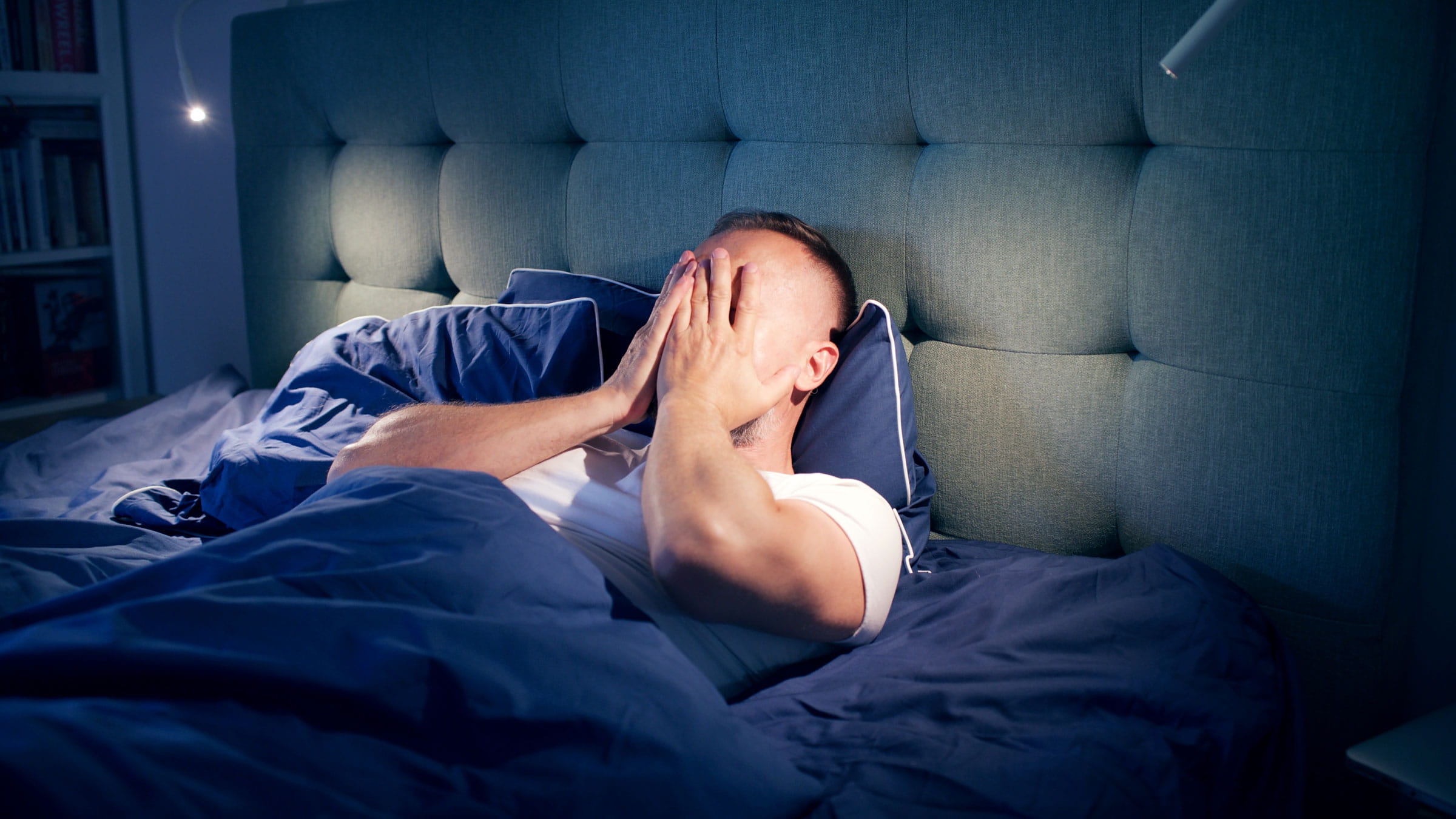
Struggling with neck or back pain?
We focus on nonsurgical solutions to alleviate pain and restore function.
Learn more Your source for health, wellness, innovation, research and science news from the experts at Ohio State.
Your source for health, wellness, innovation, research and science news from the experts at Ohio State.
There’s a powerful story behind every headline at Ohio State Health & Discovery. As one of the largest academic health centers and health sciences campuses in the nation, we are uniquely positioned with renowned experts covering all aspects of health, wellness, science, research and education. Ohio State Health & Discovery brings this expertise together to deliver today’s most important health news and the deeper story behind the most powerful topics that affect the health of people, animals, society and the world. Like the science and discovery news you find here? You can support more innovations fueling advances across medicine, science, health and wellness by giving today.
Subscribe. The latest from Ohio State Health & Discovery delivered right to your inbox.
Subscribe
For many people, living with chronic pain will leave them feeling serious discomfort throughout the day and well into their nights. This type of pain often hinders your ability to fall asleep, stay asleep and get the crucial benefits of a good night’s rest.
“Painsomnia” is a patient-created name for the experience of chronic pain leading to regular insomnia. While the term painsomnia itself isn’t typically used in the medical field, it’s still recognized as a sleep disorder by the American Academy of Sleep Medicine.
While painsomnia can result from even minor injuries that linger and disturb sleep, there are many conditions, disorders and diseases that bring on chronic pain.
Conditions and illnesses that can cause this type of chronic pain include:
The human body will experience higher pain levels when trying to fall asleep, especially for people with chronic pain. This is due to a lack of mental distraction and physical stimulation — lying in a dark, quiet bedroom means your brain will put extra emphasis on your ailments when attempting to sleep.
This type of pain leads to a cyclical effect where pain causes insomnia and the resulting insomnia causes more pain to be felt. Without proper sleep habits, people with chronic pain experience symptoms such as fatigue, lower levels of concentration and mood swings throughout the day. These symptoms make managing chronic pain even more difficult during the day.
Given the severity of losing productive sleep while fighting chronic pain, anyone experiencing this cycle of hindrance due to their pain should speak with a medical professional immediately.
There’s no uniform treatment plan for dealing with chronic pain and specifically painsomnia. Different medical conditions require specialized plans of action based on your experiences, age and medical history.
When treating painsomnia, several crucial decisions to be made. The first is whether to initially treat your pain or work to correct your difficulty sleeping.
Given its deep ties to sleep habits, it’s important to understand what effect sleep medicines might have on the patient. For children, sleep medication could alter their growth or development during the night, so treating insomnia becomes more difficult. Similarly, sleep medication for the elderly can create other health problems.
It’s crucial to connect with a medical professional to understand the best plan of action for getting past painsomnia.
For anyone experiencing a form of constant pain that negatively impacts life, you should consult with your doctor to determine what’s going on and what your approach to treatment could be.

We focus on nonsurgical solutions to alleviate pain and restore function.
Learn more